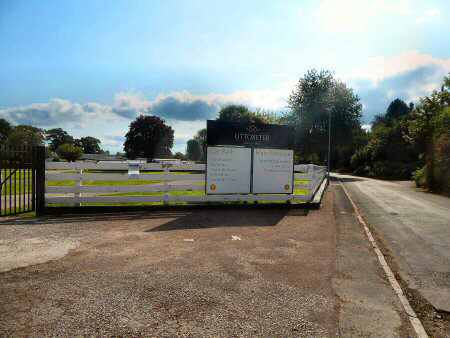A to Z HIGHLIGHTS OF EAST STAFFORDSHIRE - PART 8
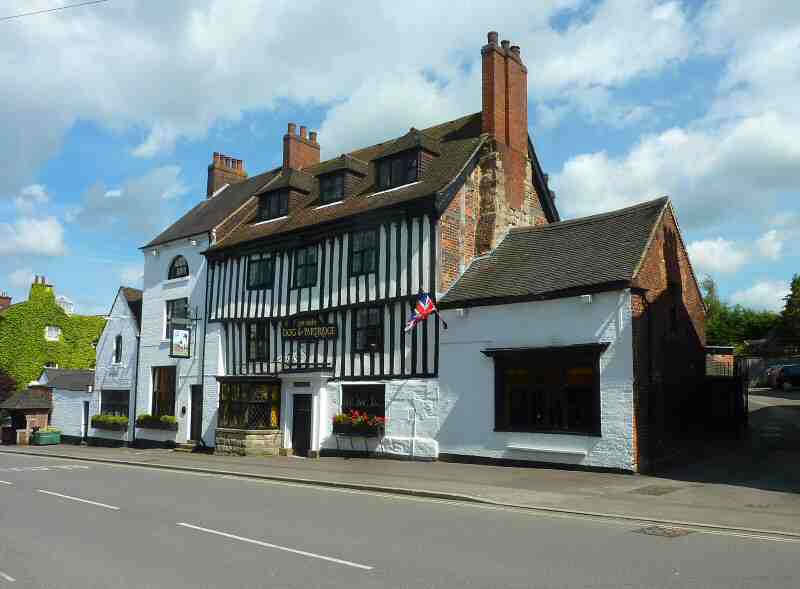
TUTBURY
The historic village of Tutbury, nestling on the Derbyshire/ Staffordshire border, contains much to interest the visitor; from a ruined castle to a famous coaching inn, from handmade jewellery to a wide range of antiques.

The wide main street of the village has some fine examples of Georgian and Regency properties. Particularly prominent is The Dog and Partridge, with its half-timbered frontage, bow windows and stained glass. Inside it has a wealth of oak beams and has been kept in an excellent state of preservation with much of the original building remaining intact. Built in the 15th century, it later became a famous coaching inn, where the Red Rover stopped to change horses on its journeys to and from London and Liverpool.
Tutbury Mill once stood close by the bridge; originally, it was a cotton mill. However in 1888, after being in operation for over 100 years, the business was transferred to Rocester, near Uttoxeter. The mill was then converted to grind and mill gypsum mined locally. It is now a recreation and picnic site. This is a good place to start a walk, either along the Mill Fleam or by the riverbank, using the footpath by the cricket pavilion.
TUTBURY CASTLE
It is likely the hill on which Tutbury Castle stands was once the home of an Iron-Age fort. The Saxons had a sizeable fort at Tutbury and the Normans took full advantage of its good defensive location. Tutbury became a thriving commercial and agricultural town and its courts had jurisdiction over several hundred square miles and more than 100 villages.
Now mostly in ruins, Tutbury Castle retains the impressive John of Gaunt’s Gateway as its entrance. Mary, Queen of Scots spent many years of her captivity in the High Tower, complaining bitterly of the cold and damp conditions. Today, the castle affords visitors fine views of the surrounding countryside.
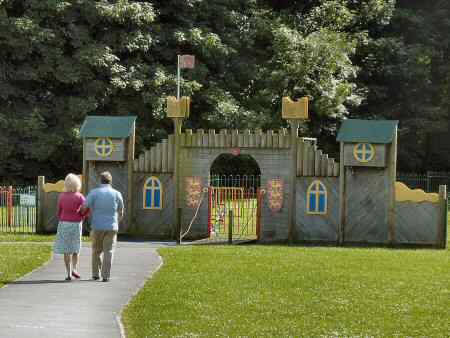
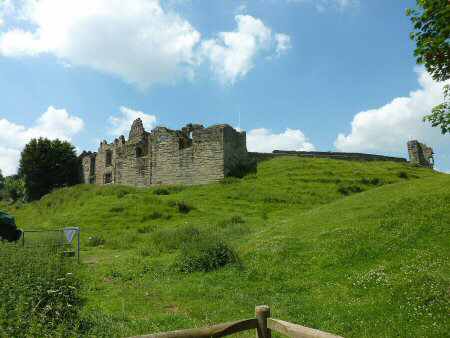
TUTBURY CASTLE
It is likely the hill on which Tutbury Castle stands was once the home of an Iron-Age fort. The Saxons had a sizeable fort at Tutbury and the Normans took full advantage of its good defensive location. Tutbury became a thriving commercial and agricultural town and its courts had jurisdiction over several hundred square miles and more than 100 villages.
Now mostly in ruins, Tutbury Castle retains the impressive John of Gaunt’s Gateway as its entrance. Mary, Queen of Scots spent many years of her captivity in the High Tower, complaining bitterly of the cold and damp conditions. Today, the castle affords visitors fine views of the surrounding countryside.
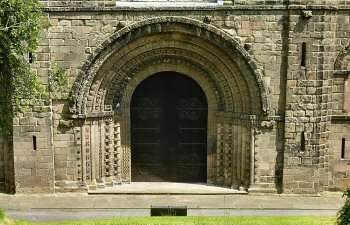
TUTBURY CHURCH
St Mary’s Priory Church dates back to 1089; it has a splendid, much admired Norman doorway. Outside is a very interesting sundial, but the stocks are a reproduction. The graveyard around the church provides reminders of the massive underground explosion at nearby Fauld in 1944, when 68 people died, including Italian prisoners of war.
TUTBURY MUSEUM
Tutbury Museum is run entirely by volunteers. Housed on the ground floor of the Charity House, known locally as the ‘Old Soup Kitchen’. It contains an interesting collection of photographs, old m documents, artefacts, tools and memorabilia relating to the village’s history. It is housed on the ground floor of the Charity House, known locally as the ‘Old Soup Kitchen’. During the depression, the poor people of the village were only able to obtain soup and bread there, for a halfpenny a pint. Please check the website for visiting details.
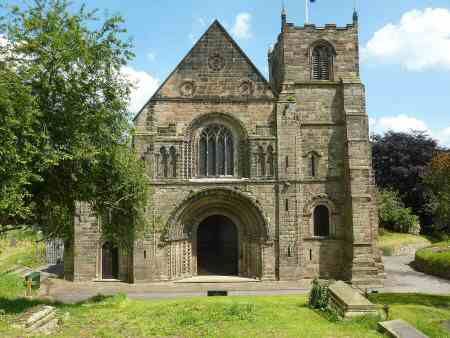
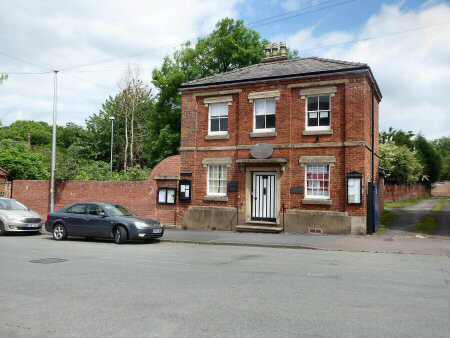
UTTOXETER
Uttoxeter sits near the River Dove in attractive countryside near the Staffordshire/Derbyshire border. It is well-known as a market town with strong agricultural connections, which led to it becoming one of the most important in the region. The Saturday produce market commenced in 1252 and is still going, but the cattle market closed in 2005. Today, agriculture is not the dominant force it once was, but it still plays an important part in the town’s economy. The construction of the new A50 has provided a much-needed and faster road, which has led to further housing and business development.
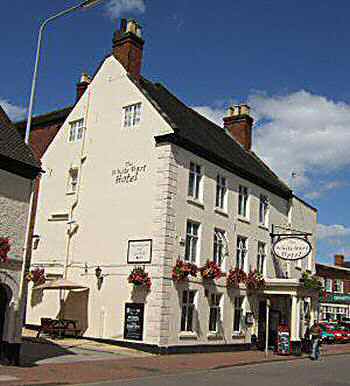
Agriculture was an important factor, in the introduction of the farm machinery works at Bamford’s Agricultural Factory, the town’s main employer from 1871 to 1981. The JCB Company was founded on October 23rd, 1945 by the late Joseph Cyril Bamford in a tiny lock-up garage in Uttoxeter. Today, JCB is a multinational corporation owned by the Bamford family with its world headquarters at nearby Rocester. The word JCB even appears in the Oxford English Dictionary. Elkes Biscuits, now Fox’s Biscuits, was and still is a major employer in Uttoxeter.
The skyline is dominated by the imposing 14th-century tower of St Mary’s Parish church, a Grade II* listed building. An earlier church probably stood on the site. Although many of the town’s buildings were destroyed in the fires of 1596 and 1672, the town was rebuilt. Today, several attractive 17th-century buildings are seen on a perambulation around the town. The old Talbot in the Uttoxeter’s delightful marketplace, the Old Star in Queen Street and the White Hart in Carter Street are fascinating old inns. The town was a major stopping point for the London-Liverpool run of the ‘Light Post’.
Visitors interested in finding out more about Uttoxeter should try to time their visit to coincide with the opening times of Redfern’s Cottage Museum of Uttoxeter Life. People who enjoy horse racing will find one of the leading National Hunt tracks in the Midlands, not far from the railway station.
Adam Peatty is the most recent of a long list of important people in the town’s history. Born on 28 December 1994, in Uttoxeter, he has been named European Men’s Swimmer of the Year several times. He claimed three gold medals at the World Championships in South Korea in 2019. Peaty also became the first to go under 57 seconds for the 100m breaststroke, clocking 56.88. More recently he won two gold medals at the Tokyo Olympics
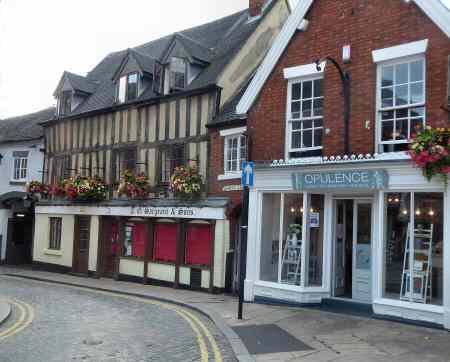

UTTOXETER – MARKET PLACE
The cobbled marketplace has been a focal point in Uttoxeter, since Henry III signed a market charter in 1252, for a weekly Wednesday market and an annual fair to be held there. It became one of the most important produce markets in the region and together with a flourishing cattle market the town prospered. By the 17th century, Uttoxeter was one of the three largest conurbations in Staffordshire. The market remains popular today but is not just confined to Wednesday. The cattle market closed in 2005.
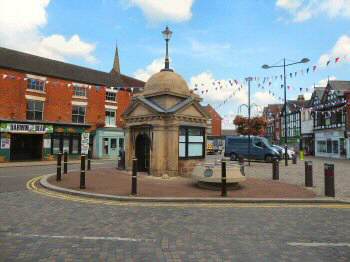
One interesting feature in the marketplace is a small stone kiosk. It has a plaque on the side in memory of Dr Samuel Johnson’s penance. He had refused to attend his ill father’s bookstall in the town some 50 years previously and deeply regretted his actions. Here he stood bareheaded in the rain in deep contemplation for some time. Born in Breadmarket Street, Lichfield in 1709, he compiled the English Dictionary and also became a well-known writer and personality with his witty conversational talents.
UTTOXETER – MUSEUM OF UTTOXETER LIFE
Redfern’s Cottage Museum of Uttoxeter Life is the former Heritage Centre housed in a row of 17th-century timber-framed cottages. It was built in 1628 before the English Civil War and was part of a large town expansion programme. Recently it has re-opened following an extensive refurbishment. There are eight galleries to explore the past, present and future of Uttoxeter’s history. If you need to know more the archives contain unique photographs and documents relating to Uttoxeter and the surrounding area. The museum’s website provides visitor information.
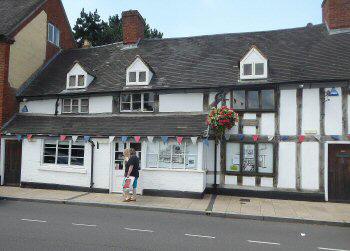
UTTOXETER – THE HEATH
The Heath became a village in 1880 when the church opened and was separate from Uttoxeter until the 1950s. The Heath had a church, a school, several houses and a windmill until the 1920s. It has no specific boundaries; the most widely accepted ones are the A50 to the North, Park Street to the east, Heath Road, Holly Road and Bramshall Road to the south and the west is marked by the end of the housing estate. The boundaries are subject to change. However, it is now considered part of Uttoxeter. Fox’s Biscuits, previously Elkes Biscuits, has been a major employer in the area for many years.
UTTOXETER RACECOURSE
The racecourse was built in 1907 when there were five days of racing. Today, the course is firmly established as one of the leading National Hunt tracks in the Midlands. The Midlands Grand National, which has been held there since 1969, is one of the most spectacular sporting events in the region. The race features some of the best chasers in racing and is a true test of stamina for both horse and rider.
In 1997, the race produced its most famous horse, Lord Gyllene. Although the horse only finished second at Uttoxeter, four weeks later it went on to win the Grand National at Aintree by a substantial margin in one of the fastest times in the race’s history.

